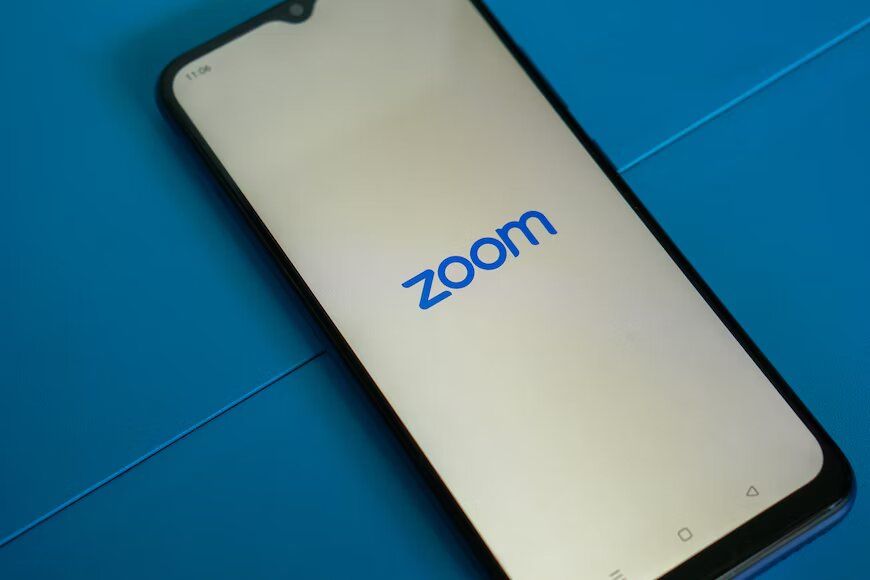Translating Subtitles from a Zoom Video Recording

In the digital age, virtual meetings have become an integral part of professional communication. Zoom, a leading video conferencing platform, has transformed the way we connect and collaborate remotely. As we engage with participants from diverse linguistic backgrounds, the importance of translating subtitles from a Zoom video recording cannot be overstated. This practice not only ensures effective communication but also promotes inclusivity and accessibility. In this article, we will explore the process of translating subtitles from a Zoom video recording.
Step 1: Recording Your Zoom Meeting with Subtitles
Before delving into translating subtitles, it's crucial to ensure that the meeting is recorded with accurate subtitles or captions. Zoom provides a feature known as "Closed Captioning," which enables you to add real-time subtitles to your meetings. Here's how you can enable closed captioning for your Zoom meeting:
Start or Join a Zoom Meeting: Launch the Zoom application and initiate or join the meeting you wish to record with subtitles.
Enable Closed Captioning: Once the meeting has commenced, click on the "CC" (Closed Caption) button located at the bottom of the Zoom window. Select "Enable Auto-Generated Live Captions" to activate real-time subtitles.
Conduct Your Meeting: Carry out your meeting as usual, with the closed captioning feature capturing the spoken content and generating subtitles in real-time.
It's important to note that the accuracy of the generated subtitles is critical for translation. Therefore, speak clearly and avoid excessive background noise to ensure the best possible results.

Step 2: Recording Your Zoom Meeting with Subtitles
Upon concluding your meeting, the recorded Zoom video will include the real-time subtitles that were generated during the session. These subtitles are embedded in the video and serve as a foundation for translation.
End the Meeting: Once your meeting is complete, end the Zoom session. The recorded video, along with the embedded subtitles, will be saved automatically.
Access Cloud Recordings: Log in to your Zoom account and navigate to the "Recordings" section to access your cloud-stored recordings.
Download the Recording: Locate the recording of the meeting you wish to translate, and click on the "Download" option to save the video file to your local device.
Step 3: Transcribing the Subtitles
To begin the process of translating subtitles, you'll first need to transcribe the embedded subtitles into text. Happy Scribe, a renowned transcription tool, offers an efficient solution for this. Here's how you can use Happy Scribe to transcribe the subtitles from your Zoom video recording:
Visit the Happy Scribe Website: Open your preferred web browser and navigate to the Happy Scribe website.
Account Creation or Login: If you're new to Happy Scribe, sign up for an account. For existing users, simply log in using your credentials.
Initiate Transcription: Once logged in, find the "Transcription" or "Upload" option on the Happy Scribe platform. Upload the Zoom video recording with embedded subtitles.
Happy Scribe's advanced technology will automatically transcribe the spoken subtitles into text, creating a transcript that serves as the foundation for translation.
Step 4: Translating the Subtitles
With the transcript of the embedded subtitles available, you can now proceed to translate them into the desired language. Online translation tools like Google Translate can help with this process:
Access Google Translate: Open your web browser and navigate to Google Translate (translate.google.com).
Input Text: Copy and paste the text from your Happy Scribe transcript into the provided text box on Google Translate.
Select Languages: Choose the language of the original subtitles (e.g., English) as the source language. Then, select the target language into which you want to translate the subtitles (e.g., Spanish, French, etc.).
View Translation: Google Translate will instantly provide a translation of the subtitles into the selected language. Review the translation for accuracy and context.
Step 5: Creating Translated Subtitles
Once you have the translated text, you can create subtitles in the target language to overlay onto your Zoom video recording. Video editing software, such as Adobe Premiere Pro or iMovie (for Mac users), can assist in this process. Here's how you can add translated subtitles to your Zoom video recording:
Import the Video: Open your chosen video editing software and import the Zoom video recording that you wish to translate.
Add Translated Subtitles: Create a new subtitle or caption track, and input the translated text for each section of the video where subtitles are needed. Ensure that the timing matches the original embedded subtitles.
Export the Video: Once you've added the translated subtitles, export the video with the new subtitles included. This will create a version of the video that displays translated subtitles throughout.
Step 6: Distribute the Translated Video
With the translated subtitles now added to your Zoom video recording, you're ready to share the video with a wider audience. Distribute the video to participants who speak the target language, fostering inclusivity and accessibility.

Benefits of Using Happy Scribe for Transcription
Happy Scribe offers several advantages that make it an excellent choice for transcribing subtitles and facilitating translation:
Accuracy: Happy Scribe's advanced technology ensures accurate transcriptions, creating a solid foundation for translation.
Efficiency: Automatic transcription accelerates the process of converting spoken content into text, saving you time and effort.
User-Friendly Interface: Happy Scribe's intuitive platform is accessible to users of varying technical backgrounds.
Language Support: Happy Scribe supports multiple languages, accommodating a diverse range of subtitles and translations.
Translation Opens a Channel for Communication
Translating subtitles from a Zoom video recording is a powerful way to promote inclusive and accessible communication in a globalized world. By harnessing the capabilities of real-time closed captioning and innovative transcription tools like Happy Scribe, you can bridge language barriers and ensure that your virtual meetings are truly inclusive.
As the digital landscape continues to evolve, the ability to translate subtitles empowers individuals and organizations to connect, collaborate, and share ideas across linguistic boundaries. By embracing technology and leveraging tools like Happy Scribe, you can contribute to a more inclusive and connected future where effective communication knows no limits.
Remember, every subtitle translated is a step towards a more accessible and inclusive virtual environment. Whether you're conducting international business meetings, educational webinars, or cultural exchanges, the impact of translated subtitles extends far beyond words – it's a catalyst for understanding, unity, and progress on a global scale.

André Bastié
Hello! I'm André Bastié, the passionate CEO of HappyScribe, a leading transcription service provider that has revolutionized the way people access and interact with audio and video content. My commitment to developing innovative technology and user-friendly solutions has made HappyScribe a trusted partner for transcription and subtitling needs.
With extensive experience in the field, I've dedicated myself to creating a platform that is accurate, efficient, and accessible for a wide range of users. By incorporating artificial intelligence and natural language processing, I've developed a platform that delivers exceptional transcription accuracy while remaining cost-effective and time-efficient.